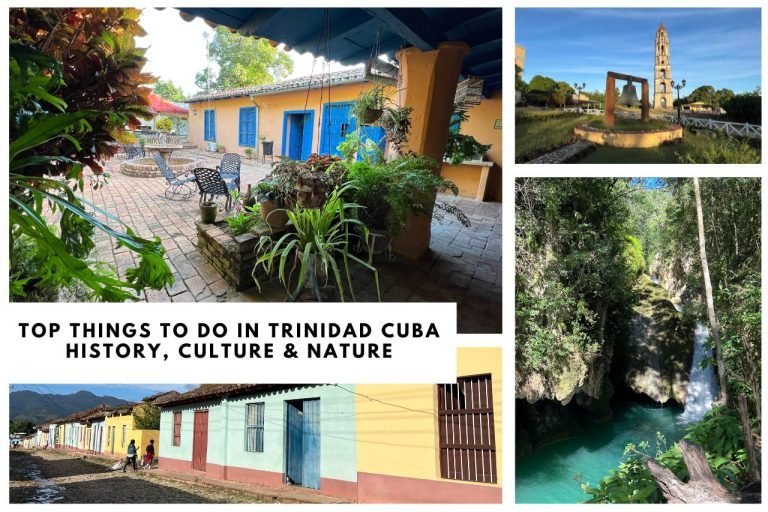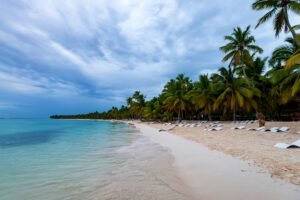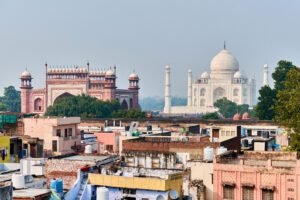This post may contain affiliate links, which means I may earn a small commission from purchased products at no additional cost to you. See my full disclosure here.
When you’re planning a trip through Cuba, one place you can’t miss is Trinidad. In this guide, I’ll share the top things to do in Trinidad Cuba based on my own experience — from exploring historic streets to hiking hidden waterfalls.
Trinidad, located on Cuba’s southern coast about four hours southeast of Havana, feels like a town suspended in time. Its faded pastel facades, cobblestone streets, and colonial charm tell the story of a once-thriving sugar economy that, at its peak, supplied a third of the world’s sugar.
In 1988, UNESCO declared Trinidad’s historic heart a World Heritage Site, breathing new life into the local economy through cultural tourism. Walking through Trinidad is like stepping into a living museum, where history, culture, and everyday life flow together.
Table of Contents
Top things To Do In Trinidad Cuba
From colorful colonial streets to lush mountain trails, Trinidad offers a rich mix of history, culture, and nature for every traveler.
1. Explore the UNESCO World Heritage Old Town
Trinidad’s old town is compact, covering just 1.2 square miles, and protected by iron gates and limited vehicle access. The cobblestone streets and colonial architecture create a colorful backdrop for daily life.
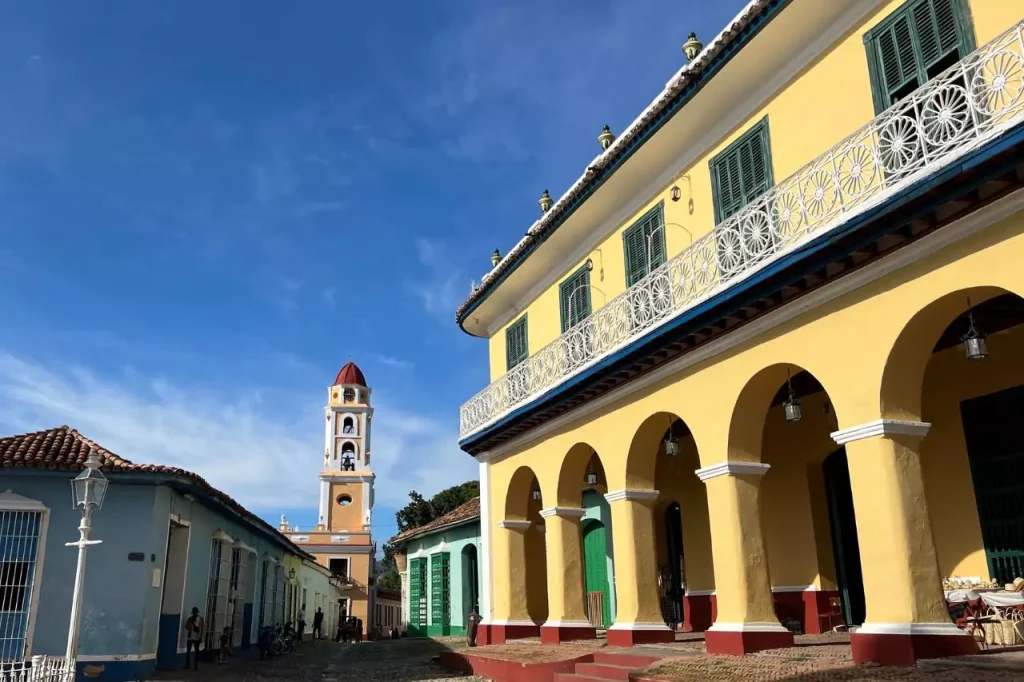
The heart of the old town is Plaza Mayor, surrounded by pastel mansions, churches, and quiet museums. As we approached the city, I first saw a replica of Trinidad’s iconic bell tower. Seeing the real one dominate the skyline was a powerful moment, as if entering a city untouched by time.
Around every corner, small glimpses of local life unfold—kids playing soccer, artisans crafting goods, and locals gathering on shaded doorsteps.
2. Visit The Three Crosses Square
A few blocks from Plaza Mayor, we arrived at a grassy clearing marked by three wooden crosses, known as The Three Crosses Square. This spot holds deep religious significance for the community.
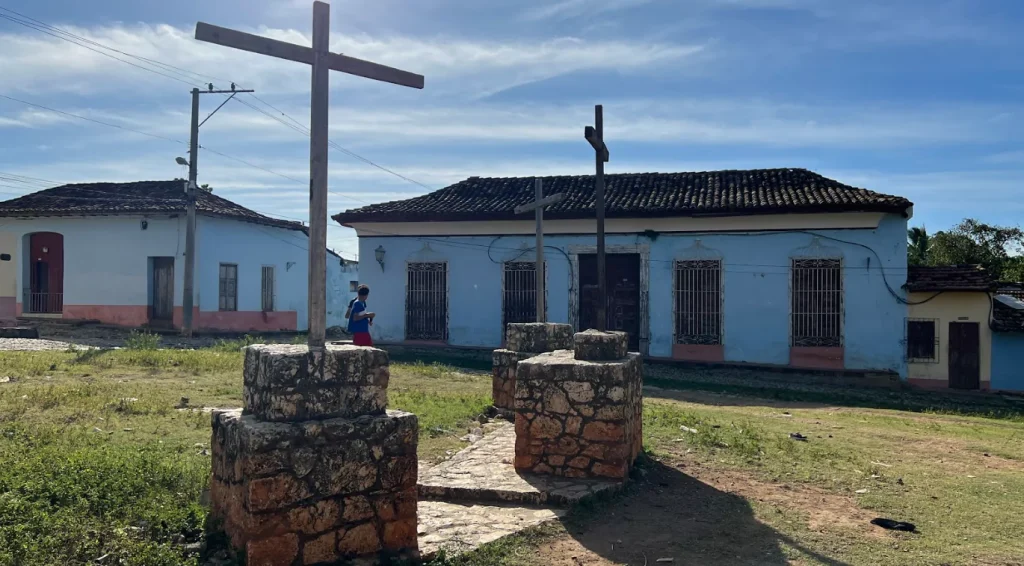
On Good Friday of each year, Trinidad’s Way of the Cross Procession makes its way here, carrying statues of the Virgin Mary, saints, and a large cross.
Hundreds of locals and visitors join, carrying candles and chanting prayers. Even when the square stands empty, you can feel the weight of tradition hanging in the air.
3. Shop for Handcrafted Treasures
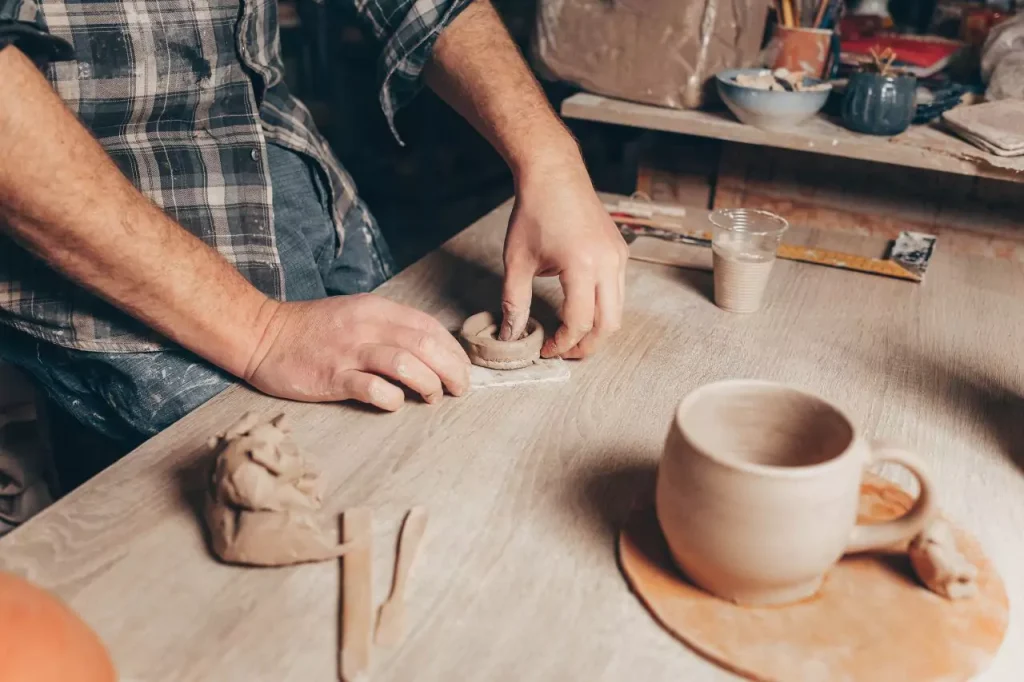
Trinidad’s artisan culture is alive and thriving. Walking through the open-air markets, you’ll find everything from lacework and embroidery to woven straw goods and pottery. I especially noticed the handmade ceramic cups designed to serve canchánchara, a traditional drink made with honey, lime, and aguardiente.
Trinidad shows one layer of Cuba’s creative spirit, but there’s so much more to discover across the island. If you’re curious about how Cuba’s cultural energy is evolving, this exploration of Cuba’s curiosity and creativity dives deeper into the many sides of Cuban life.
4. Taste the Local Flavors of Trinidad
Wandering through the markets and old town cafes, I learned about canchánchara, a drink deeply tied to Trinidad’s identity. Served in small artisan-crafted cups, this cocktail reflects the resourcefulness of the sugarcane workers who first created it.
Although I didn’t personally try it, the drink’s history, like much of Trinidad’s culture, is rooted in strength and simplicity.
5. Hike to Waterfalls in the Escambray Mountains
Beyond Trinidad’s cobblestone streets lies another side of the region, rich in natural beauty. I spent a morning hiking in Topes de Collantes National Park, located in the foothills of the Escambray Mountains.
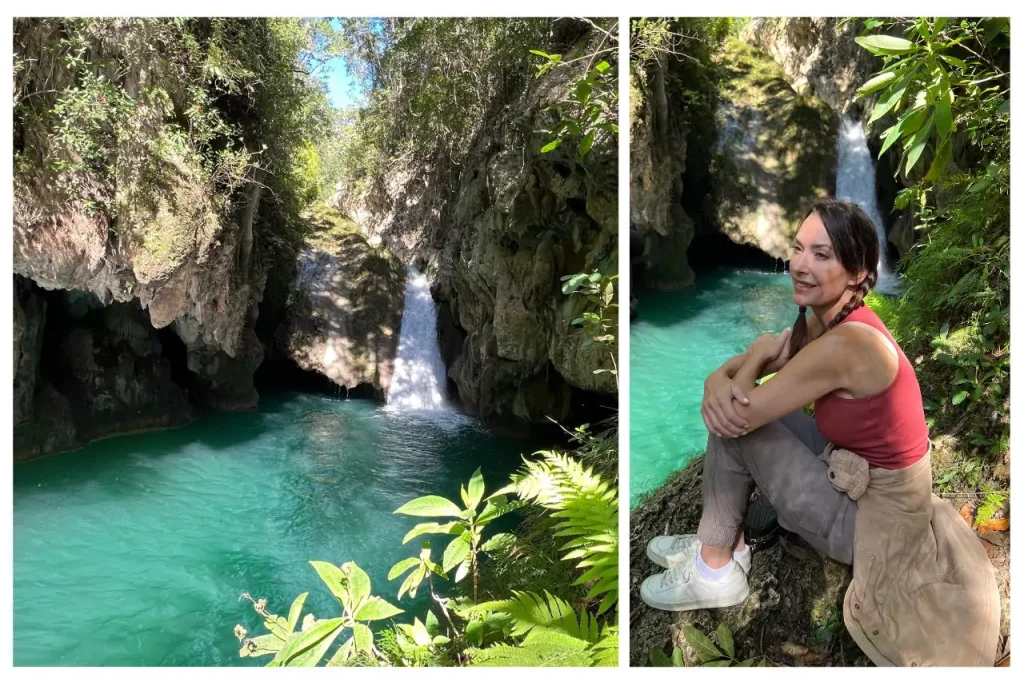
As my guide, Mariugi Juviel Vera, explained:
“The government has come to this agreement with locals so the entrance is subsidized so we don’t have to pay. It’s fair. National parks, museums, things related to culture, we don’t pay that much. It’s subsidized by the government, which is a good thing.”
We hiked the Cimarrones de Javira trail, which winds through dense tropical forest to the beautiful Javira Waterfall.
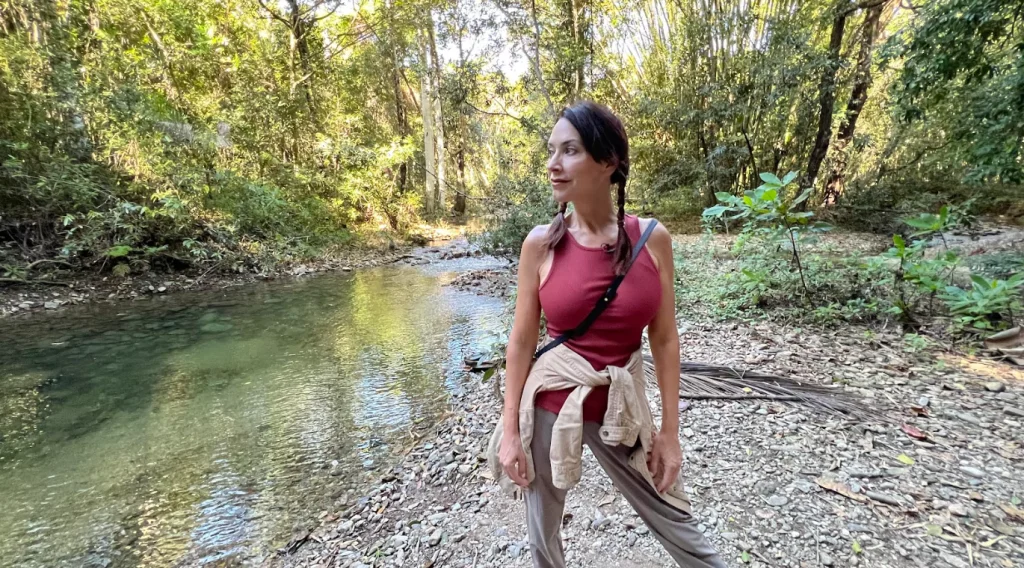
“We are in the foothills or the base of the Escambray Mountains, so it’s close to Trinidad city but it’s the base of the mountains where all these tours go for hikes, bird watching, different things we do in the countryside area,” Mari shared.
The trail is well maintained, with stone steps, bridges, and railings in certain spots. Along the way, I learned how the Escambray Mountains once served as a refuge for counter-revolutionaries during Cuba’s turbulent history.
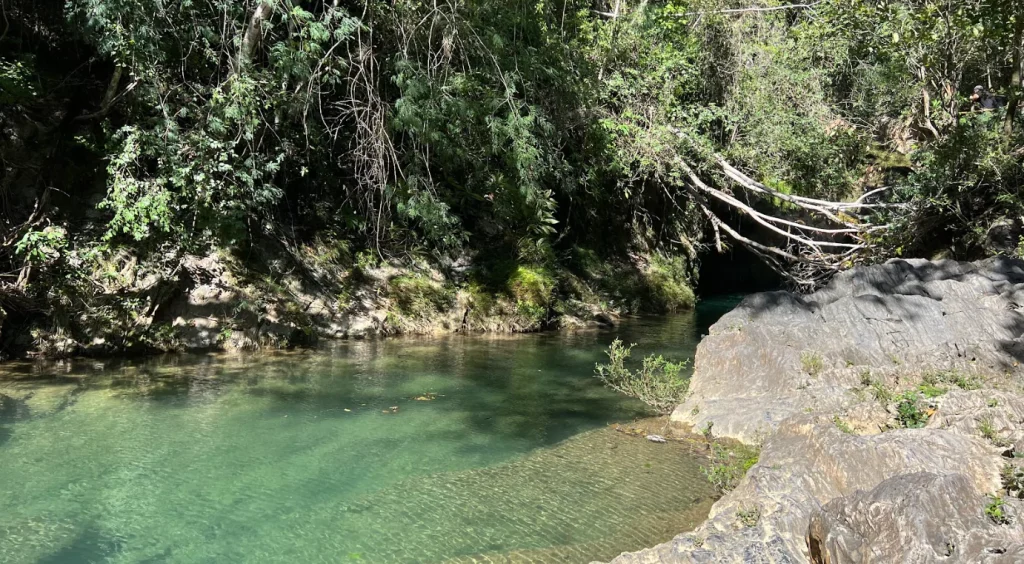
At the end of the trail, the waterfall offered a peaceful place to rest, cool off, and take in the untouched beauty of Cuba’s natural world.
6. Visit the Historic Valle de los Ingenios
A short drive from Trinidad lies the Valle de los Ingenios (Valley of the Sugar Mills), another UNESCO World Heritage Site that tells the story of Cuba’s colonial past.
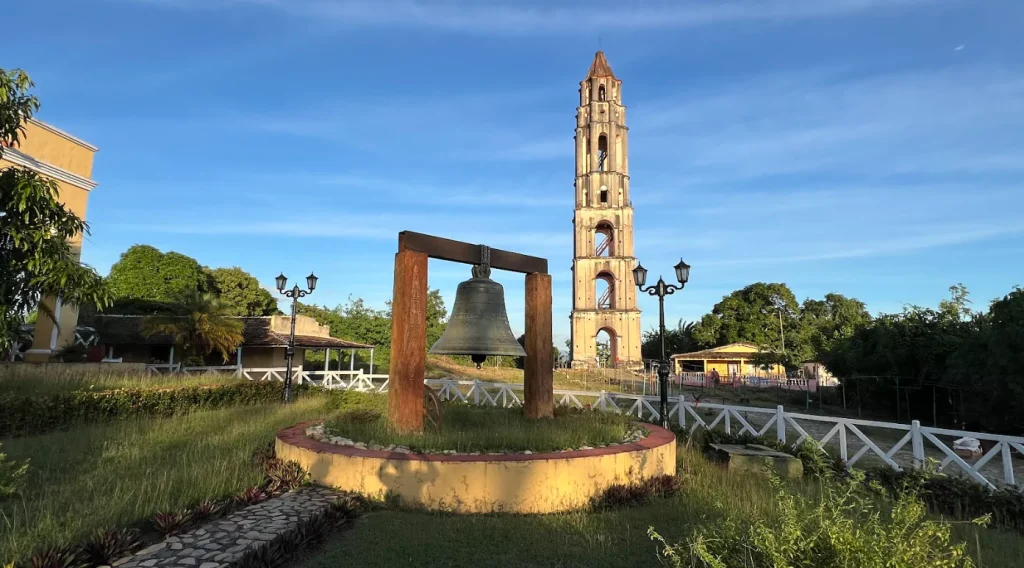
The valley was once home to dozens of sugar plantations and thousands of enslaved workers. Towering over the landscape is the Manaca Iznaga Tower, built in 1816 to oversee the plantation grounds. Climbing the wooden stairs inside the tower rewarded me with sweeping views of the valley and a deeper understanding of the human cost behind the area’s former wealth.
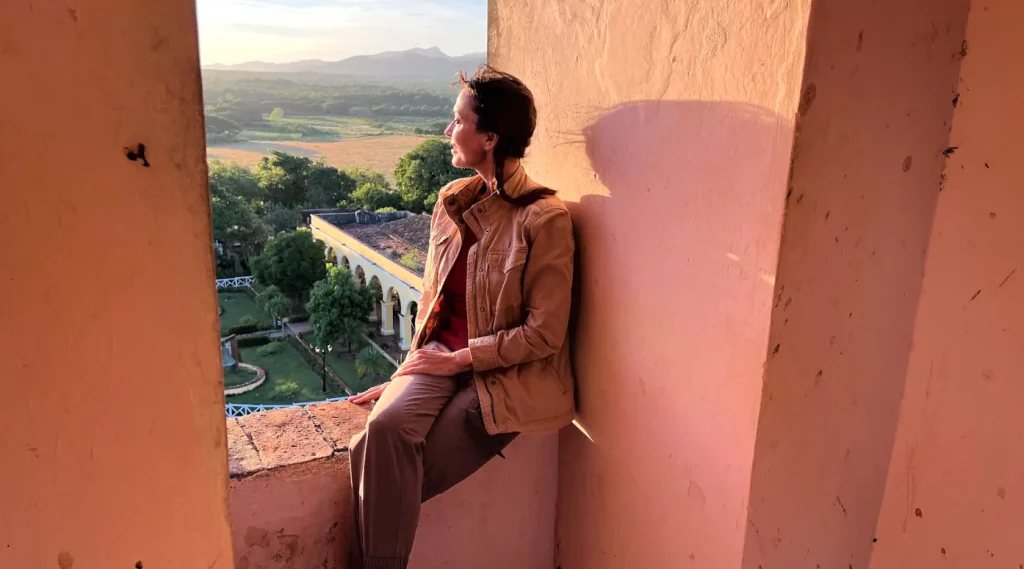
Today, the plantation house has been converted into a restaurant, and visitors are free to wander the grounds. In the nearby town of Manaca Iznaga, many descendants of the enslaved still live in homes once used as slave quarters, a powerful reminder of the region’s complicated history.
7. Where to Stay: A Step Back in Time at La Casona
During my stay, I experienced life at La Casona, a beautifully restored hacienda that felt like stepping back into colonial-era Trinidad.
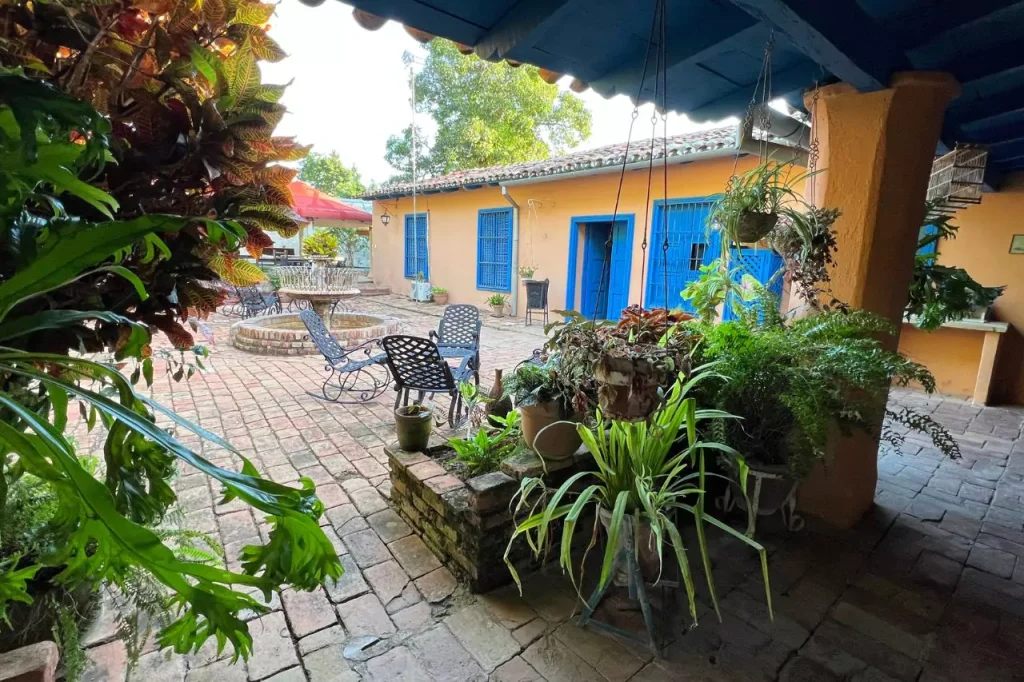
At night, the hotel relied on generators due to widespread and unpredictable power outages across the region. Life in Cuba means embracing challenges with patience and grace.
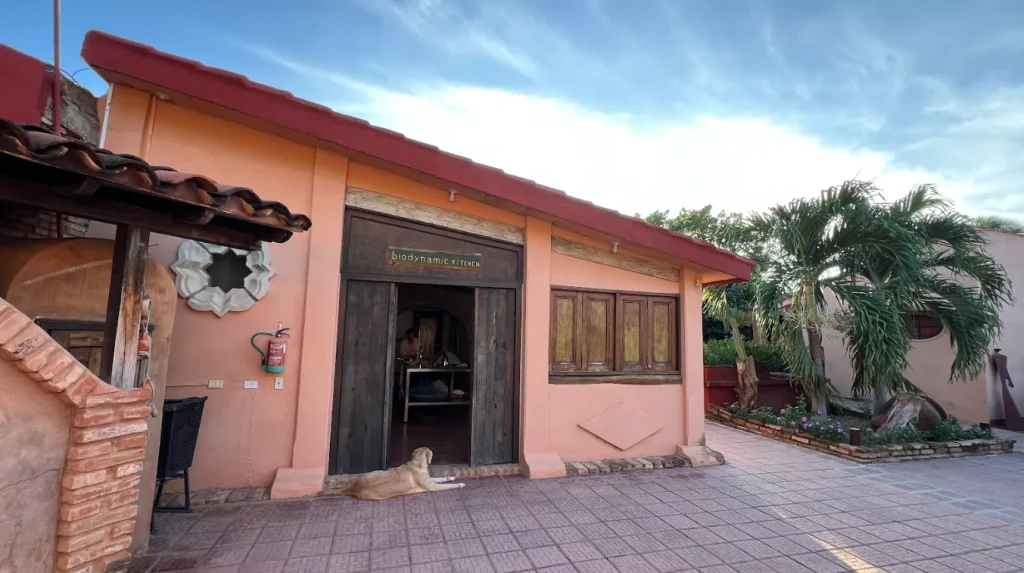
The U.S. Embassy in Havana recently warned:
“Cuba’s electrical grid is increasingly unstable, and there have been multiple nationwide power outages since October 18, 2024. The electrical system remains vulnerable and additional regular outages have occurred more frequently and for longer periods.”
Despite these realities, La Casona’s charm, hospitality, and historic character made my time there unforgettable.
Practical Travel Tips for Visiting Trinidad
Here’s what I learned from my experience:
- Bring plenty of cash: U.S. cards aren’t accepted.
- Prepare for power outages: Most places rely on generators.
- Expect limited WiFi: Internet access is slow and unreliable.
- Walk the town: Trinidad’s old streets are closed to most vehicles.
- Stay flexible: Schedules and events can change without notice.
Final Thoughts
Trinidad isn’t a place you just check off a list. It’s a town you feel in the worn stones underfoot, in the handmade crafts passed from one generation to the next, in the quiet rhythm of everyday life.
It’s a place that invites you to slow down, look closer, and let the details stay with you.
The faded colors, the sound of church bells over cobblestones, the way history and creativity weave together in small, beautiful ways — that’s the real memory you carry home.
FAQs About Visiting Trinidad, Cuba
Is Trinidad in Cuba worth visiting?
Yes, absolutely. Trinidad offers a rare mix of preserved colonial history, vibrant culture, artisan traditions, and nearby natural escapes.
What is Trinidad, Cuba known for?
Trinidad is known for its UNESCO-listed colonial architecture, cobblestone streets, artisan markets, and nearby natural parks and waterfalls.
Why do people go to Trinidad, Cuba?
People visit Trinidad to experience its historic charm, local crafts, colorful plazas, hiking trails, and cultural traditions like the Way of the Cross procession.
How many days do you need in Trinidad, Cuba?
Two to three days is ideal. It gives you enough time to explore the old town, hike in Topes de Collantes, and visit the Valle de los Ingenios.
Watch the Full Episode Exploring Cuba:
Explore More About Cuba
Cuba’s Emerging Creative Class Offers a New Lens to Explore
Explore Havana in a Vintage Cuban Car – A Must for Travelers
Exploring Hemingway’s Cuba: An Essential Guide for Travelers









